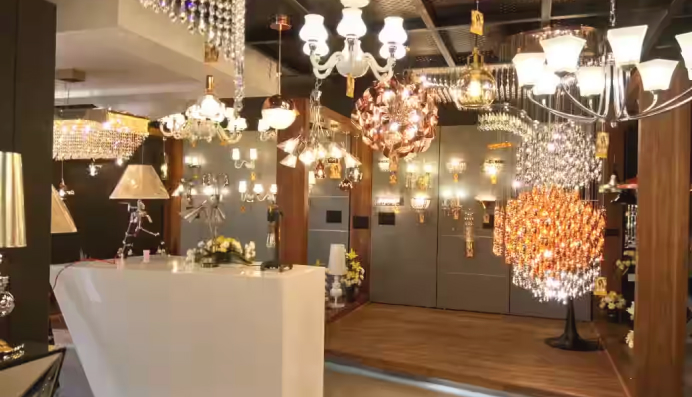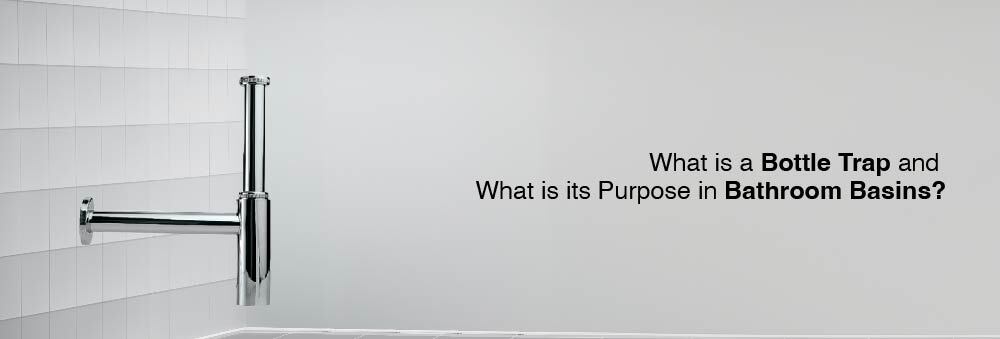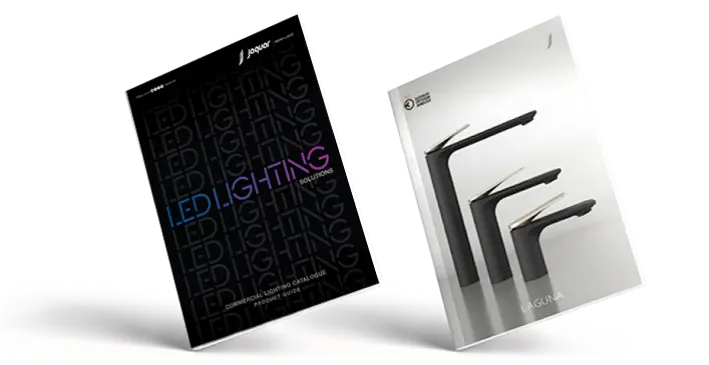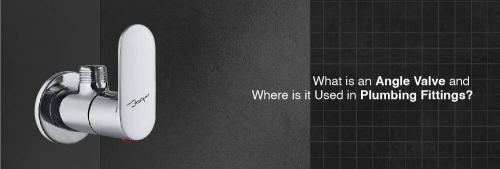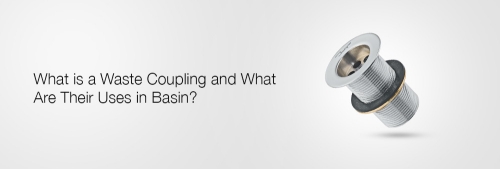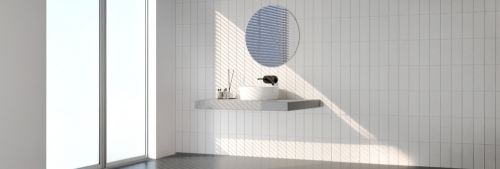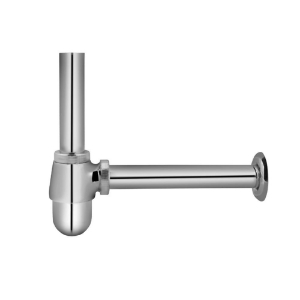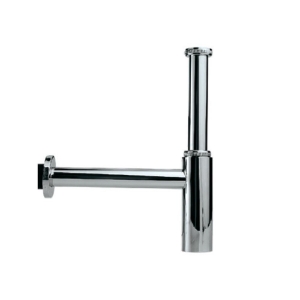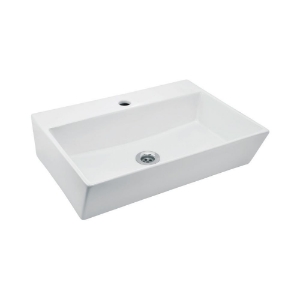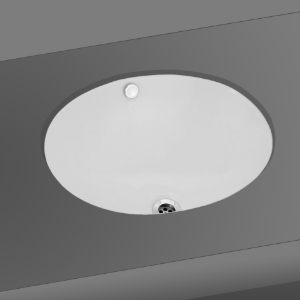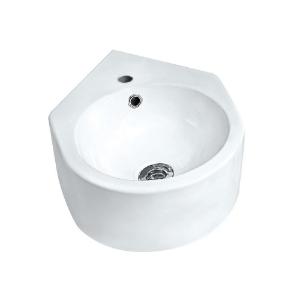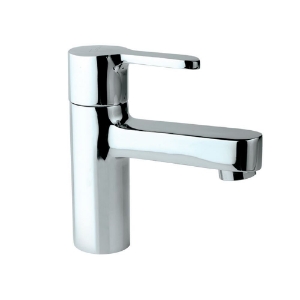Table of Contents
Let's talk about something that might not be the star of the show but plays a vital role in keeping your bathroom routines hassle-free. Amidst all the pipes and bathroom fixtures that make up your bathroom plumbing, there's one humble yet mighty component that often goes unnoticed: the bottle trap.
Have you ever taken a peek under your bathroom basin and been curious about that curved pipe? That's the bottle trap, quietly working behind the scenes to maintain the freshness and functionality of your bathroom. In this blog, we're lifting the lid on bottle traps, unveiling their purpose, significance, and the essential role they play in ensuring your basin operates seamlessly.
What is a Bottle Trap?
A bottle trap is a plumbing item that lets waste water and debris flow out while blocking the entry of sewer gases into buildings. It is frequently utilised in basins and sinks. The trap holds a little bit of water after each use and is made up of a curved pipe that resembles a bottle, hence the name. By sealing the drain, this water keeps gases and unpleasant smells from seeping back into the space. Bottle traps are a common option in both residential and commercial plumbing systems since they are usually simple to install and maintain.
Also Read: Wash basin Height Guide: Tips for Choosing the Right Basin Height
Know the details of Jaquar's bath & light range by downloading respective catalogues.
Download Catalogue
What is the Purpose of Bottle Trap in Basin?
The primary purpose of a bottle trap in a bathroom basin is to prevent sewer gases from entering the bathroom while allowing waste water to drain out effectively. Here are some more purposes of bottle traps in bathroom basins:-
- Hygiene Maintenance: Wash basin traps help to keep the bathroom or kitchen area more hygienic by stopping the spread of bacteria and pollutants from the sewage system. They are important for maintaining a healthy bathroom environment.
- Odour Prevention: One of the sink bottle trap's main functions is to form a water seal that serves as a barrier to keep gases and unpleasant odours from the sewer system out of the living or bathroom area. This keeps the atmosphere more hygienic and pleasant.
- Prevention of Insects and Pests: The water seal in the trap serves as a barrier against insects and pests that could otherwise enter the living or working area through the plumbing system, in addition to blocking smells.
Also Read: Buying Guide to choose the right Kitchen Taps
- Prevention of Blockages: By keeping bigger debris and objects out of the drainage system, basin traps can lessen the chance of blockages. Smaller material that could normally cause clogs in the pipes can be captured and flushed away by the water in the drain trap. The bottle trap for the kitchen sink is a must in the kitchen to avoid health hazards.
- Upkeep of Clean Aesthetics: Wash basin bottle traps are usually placed out of sight under the sink. Keeping the plumbing parts out of sight makes the overall wash basin area look neat and beautiful.
- Compliance with Plumbing Codes and Regulations for Health and Safety: Basin traps are made to meet health and safety requirements. By stopping the flow of dangerous sewer gases, they shield building occupants from any possible health risks brought on by gas exposure.
Overall, the bottle trap is an essential component of the plumbing system in bathroom basins, providing both functional and hygienic benefits to ensure a pleasant and efficient drainage process while maintaining indoor air quality. Choose from an exclusive range of Jaquar, a global brand specialising in high-end lighting and bathroom products that enhance your bathroom's ambience. Jaquar is a reputable brand due to its 10-year warranty on bathware products. Select from a variety of Jaquar products to begin your road towards intelligent transformation.
Also Read: Top Considerations for Choosing the Perfect Wash Basin for Your Bathroom
FAQs:
Q1. Does a bottle trap stop the bad smell?
A. Yes, a bottle trap is efficient in stopping the bad smell and unwanted pests.
Q2. Can you use a bottle trap on a sink?
A. Yes, you can use a bottle trap on a sink.
Q3. How to measure a bottle trap?
A. To measure the bottle trap, measure the distance between the waste pipe entrance and the bottle trap's escape hole. Estimate as accurately as you can how deep the bottle trap exit tube can be put into the waste pipe.
Q4. Are bottle traps better than p-traps?
A. Yes, bottle traps are better because they are simpler to install than P traps.
Explore Our Categories:


